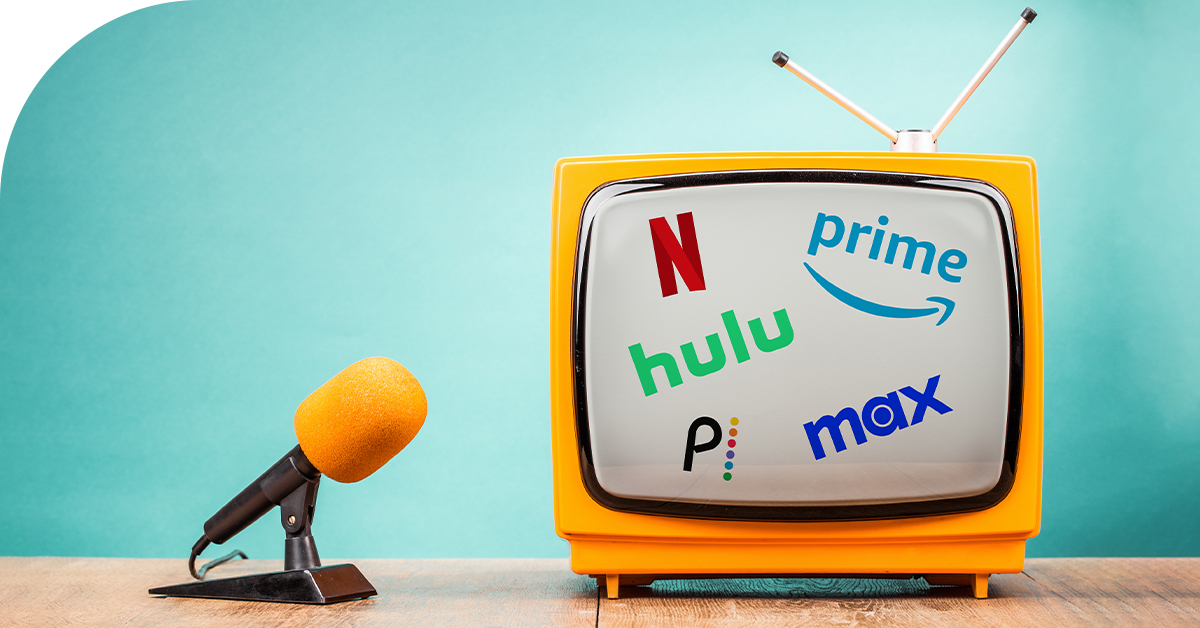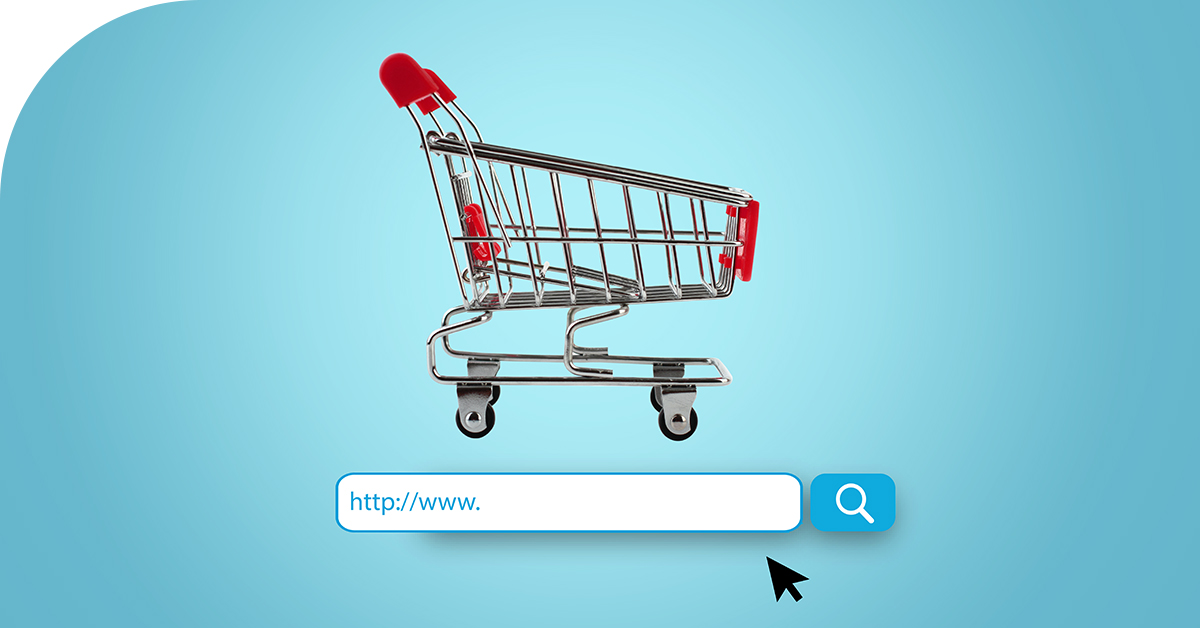Grab your pencils, notebooks, and Ti-84 calculators. The 2020 back-to-school season has begun.
Before you get too excited, marketers should expect some changes. Like many other aspects of our lives, the 2020 back-to-school season will look very different than previous years.
As parents, students, and teachers prepare to get back into “learning-mode,” marketers are preparing to do the same by adjusting the messages, tactics, and channels they are using in their digital advertising campaigns. To maximize back-to-school spending, marketers will quickly adapt their digital advertising strategy to the changes within the marketplace. But what are the right moves to make for your digital advertising strategy? And how has the buying cycle changed in 2020?
To help you through your 2020 back-to-school season, we’ve put together a guide on how you can manage your digital advertising strategy.
Jump to:
Trends to know for back-to-school advertising.
The impact on digital advertising
Back-to-school advertising recommendations
The current state of back-to-school
In 2019, American consumers spent an estimated $27.8 billion on supplies for the school year. This amount includes everything from clothing, paper supplies like pencils and notebooks, and electronics to break down to roughly $519 per child.

Fast forward to 2020, and things look a little different. While a growing portion of school supply shopping is shifting to online, back-to-school shopping is expected to be strong in 2020. According to Deloitte’s annual back-to-school survey, back-to-school spending will likely remain flat, reaching a collective $28.1 billion for K-12 students, or approximately $529 per student.
More so, parents are looking to invest in digital resources to supplement school education in the face of uncertainty about what school and reopening plans will look like this fall. Back to school spending is anticipated to continue to shift toward digital products like computers over more traditional items like pencils, most notably with a 28 percent increase in technology spending for K-12 students, now an $8.6 billion market.
Trends to know for back-to-school advertising
- 40 percent said they are planning to buy fewer traditional back-to-school supplies this year as they invest in digital resources to supplement their children’s education. via Deloitte
- 30 percent of respondents said they wouldn’t start back to school shopping until the return to the physical classroom date was announced, whereas 26.8 percent of respondents indicated they would start shopping in early August. via Dentsu Aegis Network
- Parents expect to spend 37 percent of their budget online, up from 29 percent in 2019, as health concerns are top of mind. via Deloitte
The impact on digital advertising
With parents and students waiting to understand reopening plans for the 2020-21 school year, it is no surprise that many of the big brands are waiting to promote their back-to-school messages. This delay could extend back-to-school advertising campaigns into September and October.
With fewer parents and students expected to shop in-store for their school shopping, brands are expected to bet big on TV (and connected TV). According to Numerator’s Back to School Index, the number of back-to-school linear and connected TV ads have already jumped from 19% in 2019 to 33% in 2020.
In previous years, retailers like Staples, Target, and JC Penny would be fully engrossed in their back-to-school advertising campaigns. But according to Numerator’s Back to School Index, back-to-school advertising in July is down nearly 50 percent versus a year ago. But it could be too early to tell just how much back to school advertising will be impacted in 2020.
Back-to-school advertising recommendations
Your digital advertising strategy for back-to-school will look a little different in 2020. To put you on the right path, here are a few things to think about, as well as some recommendations on tactics for your digital advertising campaigns.
Message:
In past years, we have seen very predictable back-to-school promotional messages around school supplies, electronics, and apparel. Still, this year, brands should expect that their marketing messages will need to change to better align with consumers’ spending habits.
Marketers should focus on e-commerce or in-store pickup options in their digital advertising efforts for 2020. New research from Aspire IQ states that 2.5x more people say they will shop exclusively online versus last year. Similarly, about 60 percent of all back-to-school shoppers are also browsing for holiday gifts, and more than 35 percent are buying school supplies and holiday gifts at the same time.
Tactics:
As the message shifts for back-to-school, so will your targeting tactics.
Third-party data: Third-party data targeting for back-to-school advertising enables the ability to reach specific audiences as they are in the buying cycle. Leverage relevant audiences to drive your back-to-school shopping campaign. Below are some of the data segments from third-party data providers that can be used in digital advertising campaigns:




Contextual category: Back-to-school content isn’t just about education, according to Deloitte’s annual back-to-school survey, 79 percent of the content is about broader themes such as entertainment, health, tech, and food.

Think about using these contextual category segments in your back-to-school campaigns:
Fashion > women
Fashion > jewelry
Health > exercise
Tech >
Education >
Food >
News
Entertain > comedy
Entertain > books
Entertain > radio
Education
Channels:
Like previous years, marketers should incorporate multiple channels into their back-to-school advertising strategies. As more consumers are home, marketers should look to leverage connected TV advertising. This form of advertising is the placement of ads on connected TV devices like Roku and SlingTV and brings the benefits of traditional TV advertising to programmatic. The flexibility that connected TV can offer can be just what is needed to keep ahead of the changes in this year’s back-to-school season.
Note: Connected TV advertising is part of Choozle’s Supported Solutions and can be implemented with the help of our Client Experience team.







